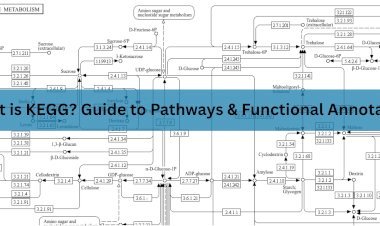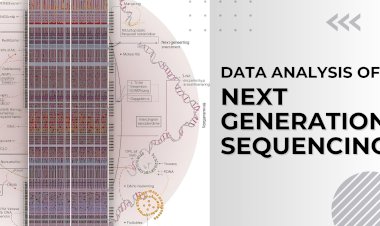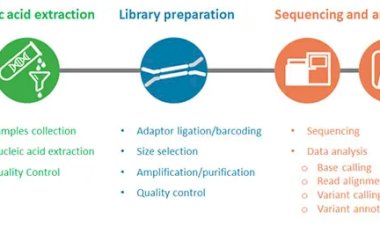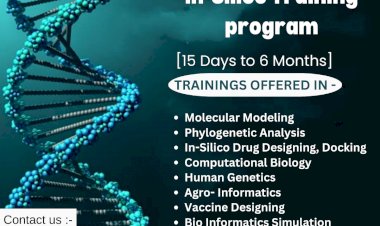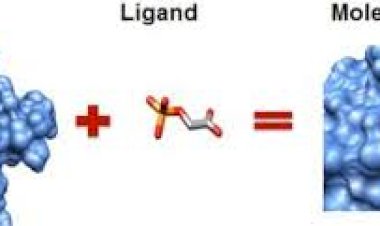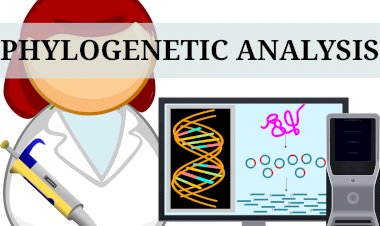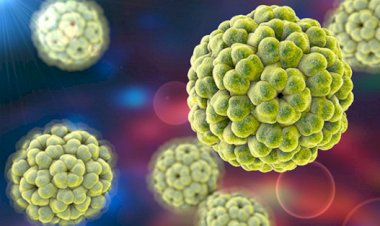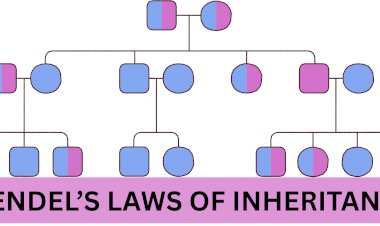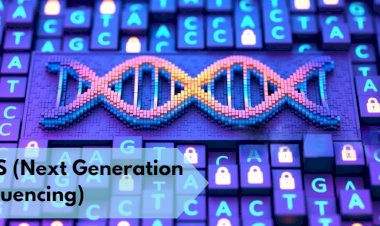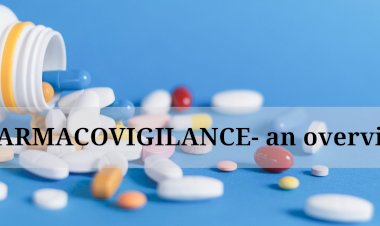IN-SILICO DRUG DESIGNING
This blog presents a comprehensive overview of a structured in-silico drug design pipeline, illustrating how computational tools can streamline early-stage drug discovery. The workflow integrates widely accessible platforms including NCBI, PDB, DrugBank, Swiss PDB Viewer (SPDBV), MarvinSketch, Molinspiration, and Molegro Virtual Docker (MVD). It begins with identifying disease-relevant protein targets through genomic and proteomic databases. The 3D structure of the target protein is retrieved from the Protein Data Bank, followed by the selection or design of potential ligands using DrugBank and MarvinSketch. These ligands are evaluated for drug-likeness and ADME properties via Molinspiration. The protein is then prepared using SPDBV, and molecular docking simulations are performed in MVD to assess binding affinity and interaction profiles.
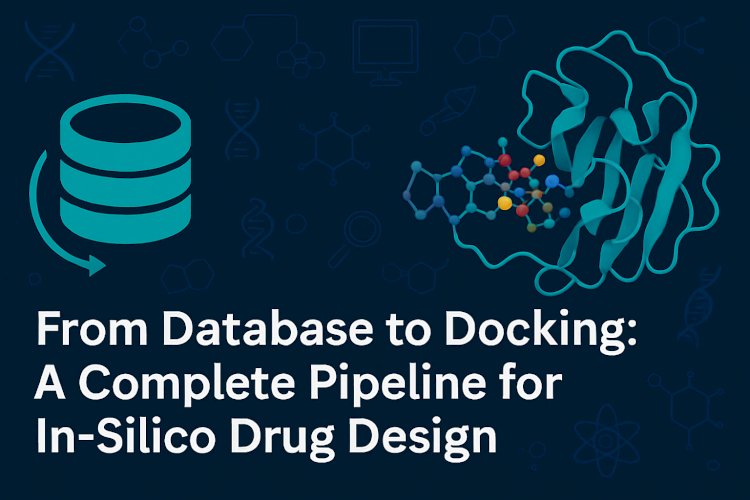
Introduction
Drug discovery is a complex, time-intensive, and expensive process. Traditional pharmaceutical development typically takes over a decade and billions of dollars to bring a single new drug to market. With increasing demand for more efficient strategies, in-silico drug design has gained significant traction as a computational alternative to early-stage drug development. This method leverages bioinformatics databases, molecular modeling software, and virtual simulations to design and evaluate drug candidates entirely on computers—before a single experiment is conducted in the lab.
This blog presents a step-by-step in-silico drug design pipeline, integrating tools like NCBI, PDB, DrugBank, Swiss PDB Viewer (SPDBV), MarvinSketch, Molinspiration, and Molegro Virtual Docker (MVD). The goal is to guide students, researchers, and drug developers through a reliable digital workflow—from selecting a biological target to virtually simulating drug binding.
Step 1: Identifying a Drug Target with NCBI
Every drug design journey begins with a biological problem. The goal at this stage is to identify a molecular target—often a protein—that is involved in the pathology of a disease. The National Center for Biotechnology Information (NCBI) hosts an extensive suite of biomedical resources, including GenBank, PubMed, and RefSeq, that researchers can use to explore disease biology at the genomic and proteomic levels.
By querying diseases or specific genes on NCBI, one can find information about gene expression, protein isoforms, sequence data, protein function, and associated signaling pathways. For instance, searching “BRCA1 breast cancer” can lead you to genetic variants implicated in tumour suppression. Once a candidate protein is selected, NCBI provides links to protein databases, pathway maps, and structure repositories that are essential for downstream steps.
Selecting the right target requires balancing biological relevance with druggability. Targets should be disease-specific, accessible to small molecules or biologics, and ideally, non-essential in healthy tissues to minimize toxicity.
Step 2: Retrieving Protein Structure from the Protein Data Bank (PDB)
Once the target protein is selected, obtaining its three-dimensional (3D) structure is critical. Structural data allows researchers to understand the shape, flexibility, and surface chemistry of the protein’s active site—where a potential drug would bind.
The Protein Data Bank (PDB) is a curated global archive containing thousands of 3D biomolecular structures derived from experimental techniques like X-ray crystallography, cryo-electron microscopy, and NMR spectroscopy. Researchers can search the PDB using the protein name or its UniProt accession number. Multiple structural models may be available for the same protein under different conditions or with bound ligands. It is best to select high-resolution structures (≤ 2.5 Å) with minimal missing residues.
Figure 1: A 3D structure of a protein from PDB
The PDB structure, downloaded as a .pdb file, contains atomic coordinates, secondary structure information, and often co-crystallized ligands or inhibitors. This model serves as the foundation for molecular docking and interaction analysis.
Step 3: Ligand Identification and Design Using DrugBank and MarvinSketch
With the protein target ready, attention turns to identifying or designing potential ligands—chemical compounds that can bind to and modulate the target protein's activity.
DrugBank is a widely-used open-access database containing information on thousands of FDA-approved, experimental, and investigational drugs. It offers structural data, mechanism of action, pharmacological details, and known target interactions. By searching your protein of interest, you can find drugs that have already been tested or approved, making it a valuable resource for drug repurposing—a strategy that repurposes existing drugs for new indications.
When novel ligands are required, MarvinSketch (developed by ChemAxon) enables chemical structure design through an intuitive drawing interface. Researchers can manually build small molecules, explore stereochemistry, predict tautomers, and generate 3D structures. Ligands are typically saved in .mol or .sdf formats and can also be exported as SMILES strings for property calculations.
This design step allows flexibility—ligands can be modified to improve potency, solubility, or selectivity, and scaffold-hopping techniques can be used to explore diverse chemical spaces.
Step 4: Screening Drug-Likeness and Pharmacokinetics with Molinspiration
Not all compounds are suitable as drugs, even if they bind to a target. This is why the next step involves evaluating the “drug-likeness” of candidate molecules using Molinspiration, a free cheminformatics tool that provides ADME (Absorption, Distribution, Metabolism, and Excretion) profiles.
Molinspiration calculates important molecular descriptors, including:
- LogP, which indicates lipophilicity and affects membrane permeability
- Molecular weight, ideally under 500 Da
- Hydrogen bond donors/acceptors, influencing solubility and binding
- Topological Polar Surface Area (TPSA), related to bioavailability
Figure 2: Checking drug-likeness of a ligand prepared
These metrics are compared against Lipinski’s Rule of Five, a set of guidelines predicting oral bioavailability. Compounds meeting these criteria are more likely to succeed in pharmacological testing. This step filters out structurally unstable or poorly absorbable compounds, saving time and resources in future validation.
Step 5: Preparing the Protein Structure Using Swiss PDB Viewer (SPDBV)
Before performing molecular docking, the target protein must be pre-processed to remove unwanted elements and optimize its geometry. Raw PDB files often contain co-crystallized ligands, metal ions, and water molecules that are irrelevant or obstructive in docking simulations.
Swiss PDB Viewer (SPDBV) is a powerful tool for protein structure visualization and editing. It allows users to inspect secondary structure elements, assign charges, and edit or repair incomplete residues. Essential preparation steps include:
- Removing water molecules and non-essential heteroatoms
- Fixing any missing atoms or chains
- Adding polar hydrogen atoms
- Minimizing energy to relieve steric clashes
Figure 3: Active site prediction of protein using SPDBV
Proper protein preparation ensures that docking software evaluates the true interaction between the ligand and biologically relevant regions of the target protein.
Step 6: Performing Molecular Docking Using Molegro Virtual Docker (MVD)
Molecular docking is the computational process of predicting how a small molecule binds to a protein’s active site and estimating the strength of this interaction. Molegro Virtual Docker (MVD) is a popular docking tool that combines high accuracy with user-friendly interfaces. It uses a grid-based cavity prediction algorithm and an energy scoring function to simulate protein–ligand interactions.
In MVD, users import the prepared protein and ligand files, define the search space (binding pocket), and run docking simulations. The software generates multiple poses (orientations) of the ligand within the pocket, each ranked by a binding energy score (ΔG). The more negative the score, the stronger and more stable the interaction.
Additionally, MVD provides visual interaction maps, showing hydrogen bonds, hydrophobic contacts, and electrostatic interactions. These insights help assess how well a compound fits into the active site and whether it disrupts or enhances the protein's function.
Figure 4: Docking between a drug and protein using Molegro virtual docker
Docking is a critical step in prioritizing drug candidates for further laboratory synthesis, bioassays, or molecular dynamics simulations.
Applications and Impact
This in-silico pipeline is not just an academic exercise—it has real-world applications across drug repurposing, neglected diseases, rapid-response therapeutics (e.g., COVID-19), and early-stage pharmaceutical R&D. It empowers researchers, especially in low-resource settings, to perform drug screening with minimal equipment and high computational efficiency.
Moreover, in-silico workflows are increasingly being integrated with AI-driven methods to automate ligand generation and docking predictions. When combined with machine learning and omics data, these pipelines support precision medicine efforts that target disease mechanisms at the molecular level.
Empowering Researchers: In-Silico Drug Design Training at IBRI Noida
To support the next generation of scientists in computational drug discovery, the Indian Biological Sciences and Research Institute (IBRI), Noida, offers structured, hands-on training in in-silico drug design. These training programs are tailored for students, early-career researchers, and academic professionals seeking practical expertise in modern drug discovery tools.
Participants engage directly with widely used software and databases—including NCBI, PDB, MarvinSketch, Swiss PDB Viewer, Molinspiration, and Molegro Virtual Docker—to explore every step of the drug design pipeline. From target identification to ligand optimization and docking analysis, trainees receive guided experience in simulating real-world research workflows.
Through interactive sessions and expert mentorship, IBRI ensures that learners not only understand the theory behind molecular modeling but also gain the technical skills to implement these methods independently. This initiative reflects IBRI’s broader mission to integrate computational biology with life sciences education and empower researchers with tools that are shaping the future of pharmaceutical innovation.
Conclusion
This pipeline illustrates how freely accessible tools and databases can be integrated into a powerful, end-to-end workflow for structure-based in-silico drug design. By systematically navigating from disease target identification to docking simulations, researchers can explore the therapeutic potential of new or existing compounds with scientific rigor and computational precision.
In-silico drug design is not a replacement for laboratory validation—but it is an essential and strategic companion to modern drug discovery. It guides experimental focus, reduces costs, and accelerates innovation. As computational tools become more powerful and user-friendly, this approach will continue to democratize access to early-stage pharmaceutical development.








